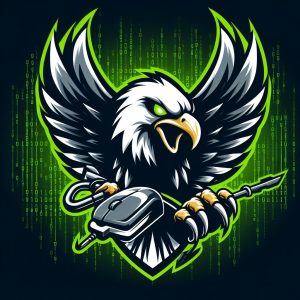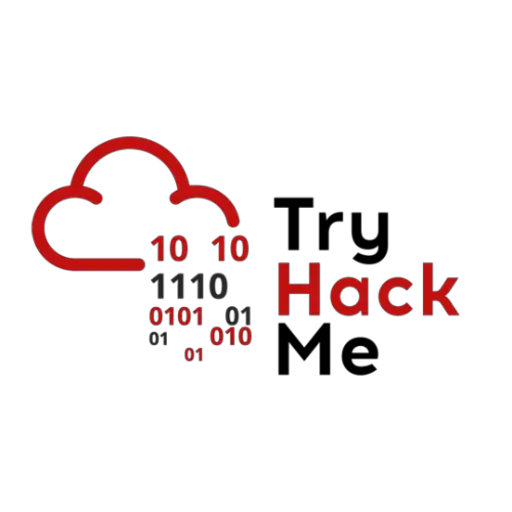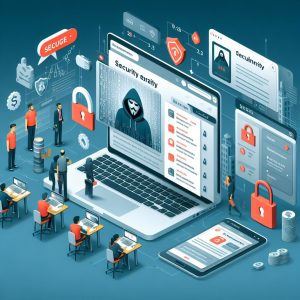
This path will cover the essential tasks of web application pen testing, walking through each phase of the methodology as if you are shadowing a live application pen test. The scenario will cover testing through an application, discovering and exploiting vulnerabilities found. In addition, there are many vulnerabilities that a web app pen tester should be able to identify and test for. Don’t miss the specialized courses covering a deep-dive into each of these types of vulnerabilities.
Syllabus
Web App Pen Testing: Reconnaissance
Specialized Testing: Sessions and Tokens
Web App Pen Testing: MappingSpecialized Testing: XSS
Specialized Testing: SQL InjectionSpecialized Testing: CSRF
Specialized Testing: DeserializationSpecialized Testing: API Testing
Specialized Testing: Command Injection
Pluralsight – Web App Pen Testing








